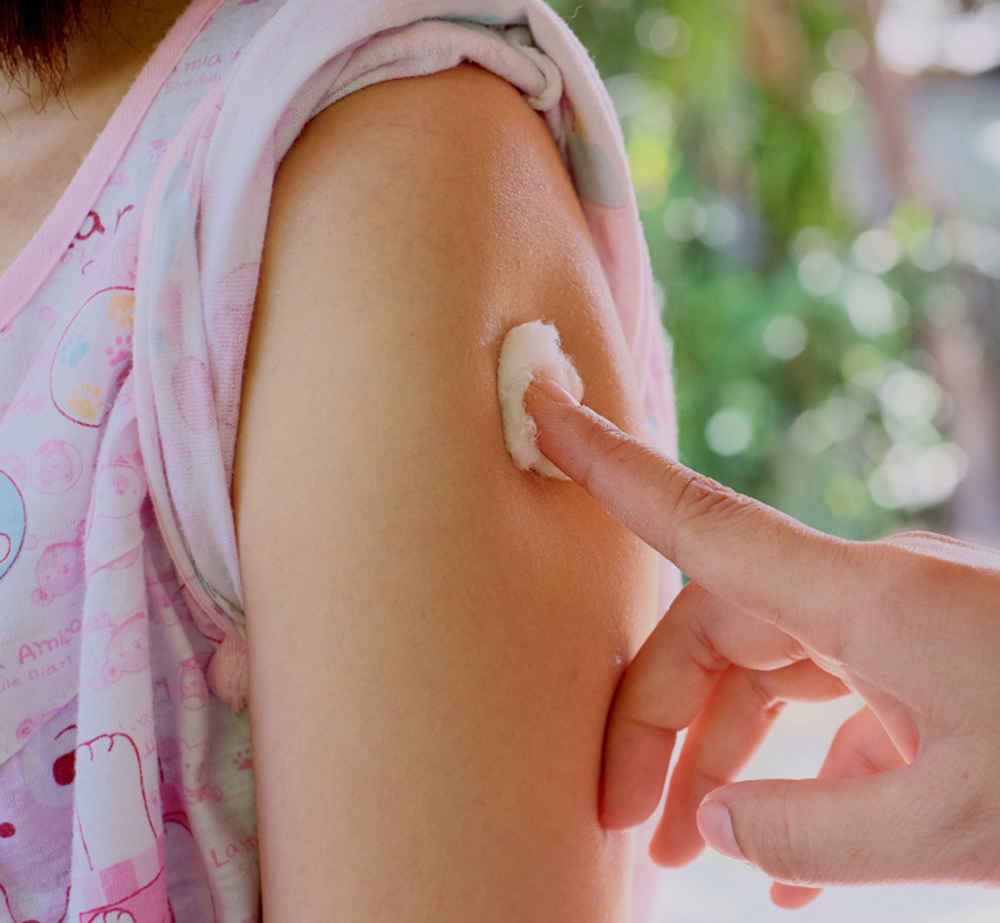410-721-2273
Heat Safety
What is heat exhaustion and heatstroke?
Children are susceptible to both heat exhaustion and heatstroke because they love to play outside and don't necessarily realize then they're becoming dehydrated and overheated. Infants and children under age 5 are the most vulnerable because their internal temperature control systems haven't yet fully developed. When children exercising or play in a hot, humid environment without adequate breaks to cool off and drink fluids, they can show symptoms of either heat exhaustion or heatstroke.
Heat exhaustion is usually accompanied by a fever no higher than 104 degrees Fahrenheit, excessive thirst, nausea, fainting, cool and clammy skin, weakness, muscle aches, heavy sweating, slow heartbeat and dizziness.
Heatstroke may develop if heat exhaustion is not treated. It occurs when the body’s temperature rises and the cooling system stops working. Heatstroke is potentially life-threatening and characterized by nausea, vomiting, headache, dizziness, fatigue, rapid heart rate, hot and dry skin, shortness of breath and decreased urination.
Seek medical attention immediately if your child shows symptoms of either of heat exhaustion or heatstroke.
How can I prevent my child from heat-related illness?
Preventing heat exhaustion and heatstroke is easy and takes just a few steps of planning ahead and during outdoor activities.
- Dress your child in loose, lightweight clothing. Tight fitting clothing doesn't allow the body to cool properly.
- Sunburn affects the body's ability to cool itself, so protect your child with a hat, sunglasses and a broad-spectrum sunscreen with a minimum 15-30 SPF. Apply sunscreen generously and reapply at least every two hours, but more often when swimming or sweating.
- Drink plenty of fluids to help the promote perspriation and keep a normal body temperature.
- Be on the lookout for heat-related problems if you take medications that can affect your body's ability to stay hydrated and dissipate heat.
- Never leave a child or a pet in a parked car, even if the windows are cracked or the car is in shade. When your car is parked, keep it locked to prevent a child from getting inside.
- Use any number of methods to remember you have a young passenger(s) in the back, including doing a visual check of the back seat every time you park, keeping something important in the back seat (cell phone, purse/briefcase, ID badge, etc.), keeping a stuffed animal on the front passenger seat as a reminder, or having a backup plan with a child care provider so they know to call if your child is not dropped off.
- Have children relax and stay indoors or in the shade during the hottest time of the day.
- Make sure your child gets acclimated over several weeks to summer temperatures before sending him or her out for hours of play.
Call 911
You May Also Like
Popular Resources | Make an Appointment • Locations • Refill Prescriptions





